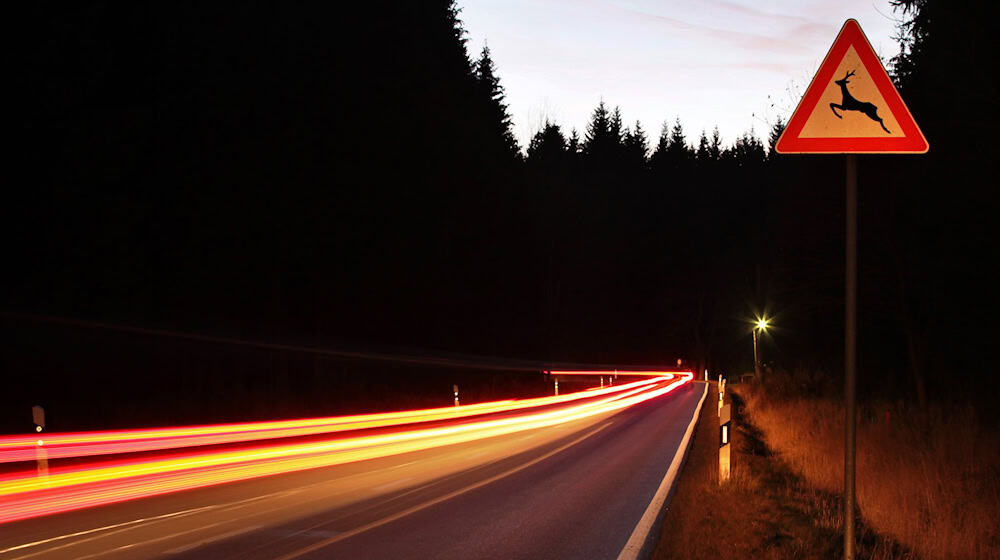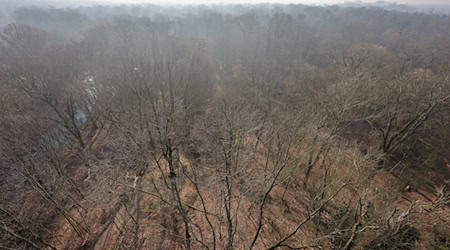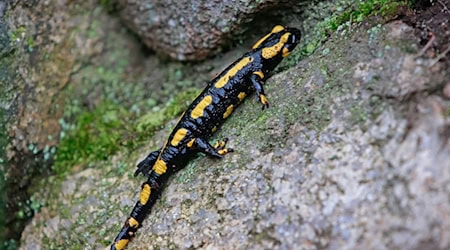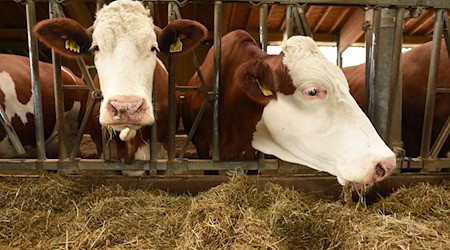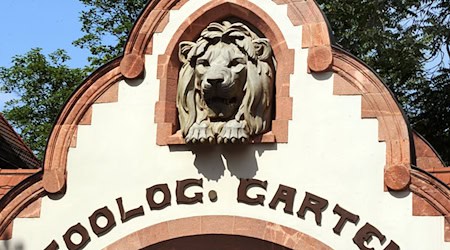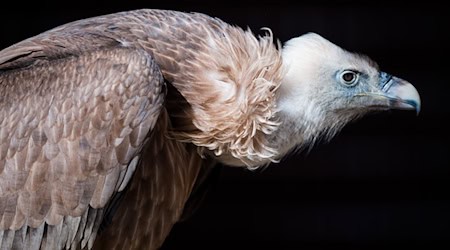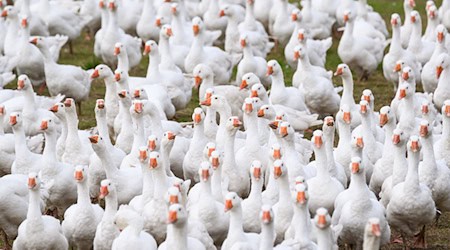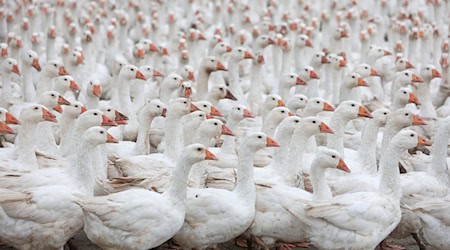With the dark season, the risk of wildlife accidents increases again in Saxony. Many wild animals go in search of food at dusk. According to ADAC and BUND Saxony, the risk of wildlife accidents in evening traffic increases with the time change next Sunday. The experts warned drivers to drive particularly carefully and to keep a sufficient distance from the vehicle in front. The risk of wildlife accidents increases particularly in the months of October to December, they said.
According to the State Statistical Office, there were 149 wildlife accidents with injuries in Saxony last year. 130 of them were slightly injured, 32 seriously.
From January to July this year, there were 68 wildlife accidents in the state with 66 minor injuries and eight serious injuries. According to the ADAC, such accidents are particularly common on rural roads that lead through wooded areas or along fields.
Danger at dusk - honking instead of flashing
Car accidents involving deer, stags, wild boar and other animals now cause damage of over one billion euros nationwide. In 2024, German insurers paid out a good 1.1 billion euros for 276,000 wildlife accidents. According to the German Insurance Association (GDV), the average amount of damage per collision with a wild animal amounted to 4,100 euros - 250 euros more than in 2023.
According to the ADAC, the risk of a collision increases particularly in the morning hours between 6.00 am and 9.00 am. In winter, the twilight phase also begins at around 5 p.m. and therefore also falls within the rush hour. If there is an animal at the side of the road, the driver should brake in a controlled manner, dim the headlights and sound the horn several times, the ADAC advised. The eyes of wild animals are much more sensitive to light than those of humans. The high beam blinds the animals and makes them disoriented. The sound of the horn helps wild animals to orientate themselves acoustically and flee.
Young wildcats now go on their own forays
According to experts, the time change also poses dangers for other animals - such as the European wildcat. Rush hour traffic in the late afternoon coincides with the most active time for these crepuscular and nocturnal animals, according to the Bund für Umwelt und Naturschutz Deutschland (BUND) in Saxony. Roads are also a major threat to endangered species such as otters, lynx and wolves.
In the case of wildcats, BUND sees a further problem. Adolescent animals are now leaving their mothers to find their own roaming areas. "At the age of around six months, the cats often embark on a dangerous journey, because in many places their habitat is cut through by busy traffic routes. Many young wildcats are thus threatened with death on the road."
Increased vigilance at dusk
Bund therefore asks drivers to be more vigilant, especially in densely wooded areas. "Keep an eye on the verges to the right and left," advised wildcat expert Marlen Schmid. And: dead wildcats should be left where they are found. It is forbidden to take the carcass with you. The locations where they are found should be documented and reported to BUND, the responsible forester or the nature conservation authorities.
According to BUND, wildcats have continued to spread in Germany in recent years. In Saxony, this species is still considered to be threatened with extinction.
Copyright 2025, dpa (www.dpa.de). All rights reserved

